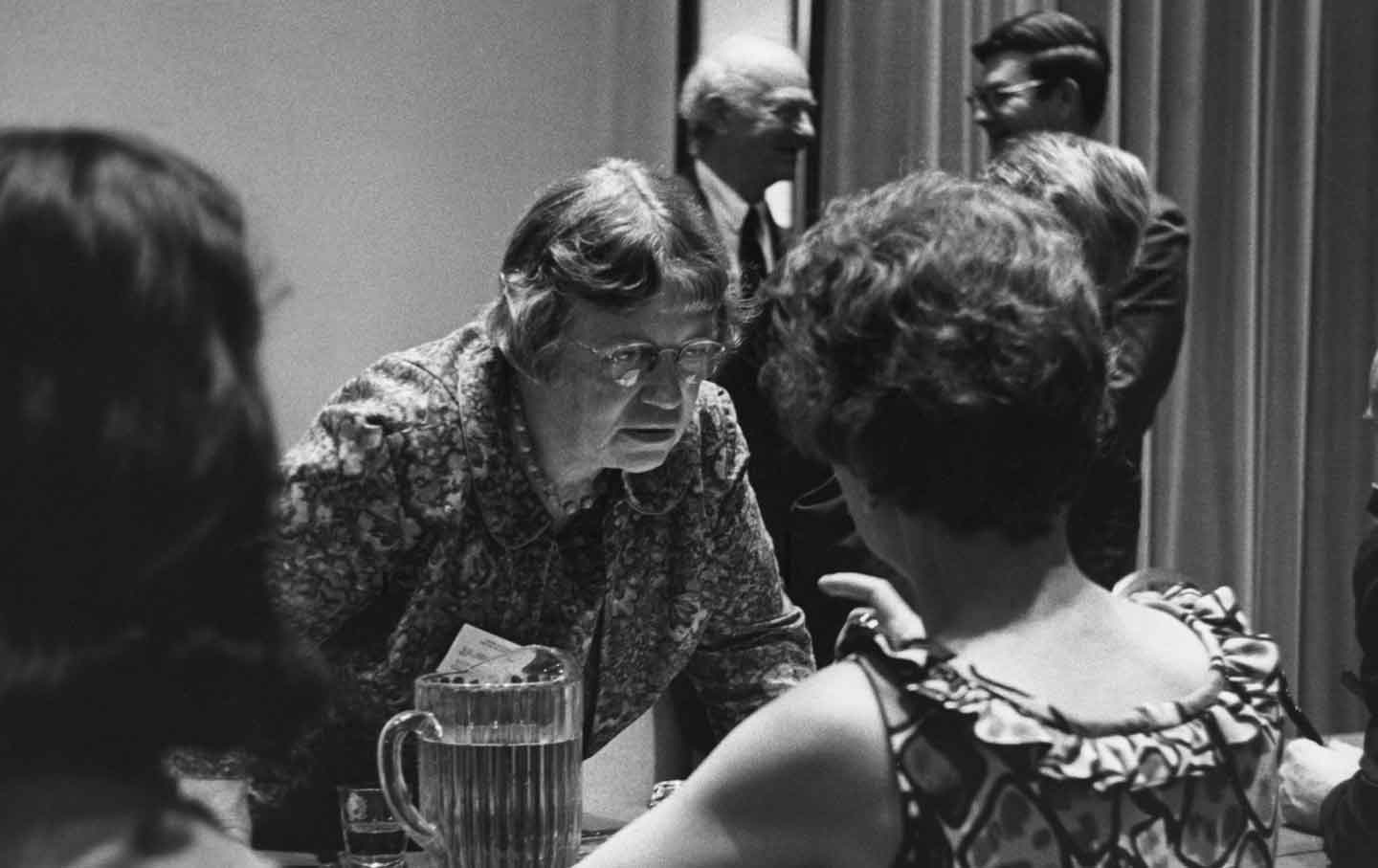In The Nation, Peter C. Baker writes about the latest book by anthropologist David Price, who has spent his career exposing and battling against his discipline’s long and sordid history of collaboration with the US security state. In Cold War Anthropology: The CIA, the Pentagon, and the Growth of Dual Use Anthropology, Price writes about how academic anthropology played an integral role in the US’s Cold War effort, sometimes wittingly, sometimes unwittingly. Baker suggests that this problem has become even more pronounced in the post-9/11 era, as cash-starved universities find it harder to resist research grants from the US Department of Defense, the CIA, and similar bodies. An excerpt from Baker’s piece:
In another book—a Don DeLillo or Norman Rush novel, perhaps—the direct collaborators and their adventures straddling academe and espionage might have been front and center. But Price is ultimately chasing bigger, more elusive quarry. Just as he insists that HTS matters less than the underlying trends it represents, he cares less about the dramas of individual anthropologists in Cold War Anthropology and more about the subtle, systemic changes throughout the field—changes that threatened to make the discipline itself a security-state collaborator, sucking in individual researchers without their full knowledge.
The main character here isn’t a person but money: the vast postwar funding streams that flowed from the state to academia during the Cold War. After 9/11, the government turned to the social sciences once again, cash in hand, for help with puzzling questions: Why did “they” hate us? Why weren’t we welcomed with roses and sweets in the streets of Iraq, or with tears of gratitude in Afghanistan? How could we fight (and win) the post-9/11 world’s new wars? Who would turn to terrorism or insurgency, and under what conditions? The initial Minerva Initiative funding pot was $50 million; this money made it one of the largest single sources of social-science funding in the country. Throughout the Cold War, the questions were organized around a similar core: What did “they” think of communism, and why? Would they fight for it? If so, how? Could they be convinced not to? If the answer was no, what would it take for them to accept defeat?
Price isn’t arguing that Cold War anthropologists simply “sold out,” pursuing topics they weren’t interested in under the sway of the almighty dollar. (Is “selling out” ever really that simple?) Instead, “like their colleagues in the physical sciences, postwar anthropologists increasingly engaged in dual use research projects, pursuing questions of interest to themselves on topics of interest to sponsors.” In the majority of cases, the anthropologists involved wouldn’t even know this was happening. Perhaps a higher-up in their department was a CIA or Pentagon liaison who nudged their research in the right direction. Often, it was something even less direct: a matter of knowing which types of research proposals were likely to be approved by the influential nonprofit foundations of the day, while simultaneously not knowing that many of those nonprofits were propped up by laundered CIA cash. Often, prominent foundations (including the Ford Foundation) would have CIA employees on staff, helping to make sure the cash flowed in the right general direction. And increasingly, anthropologists smoothed the process by championing “area studies” programs, interdisciplinary hubs focused on specific regions of the world. Thanks to the widespread adoption of area studies, whenever the CIA or the Pentagon had a question about this or that part of the world, it knew exactly where to go.
Image: The anthropologist Margaret Mead at the New York Academy of Sciences in 1968. Image via The Nation.
